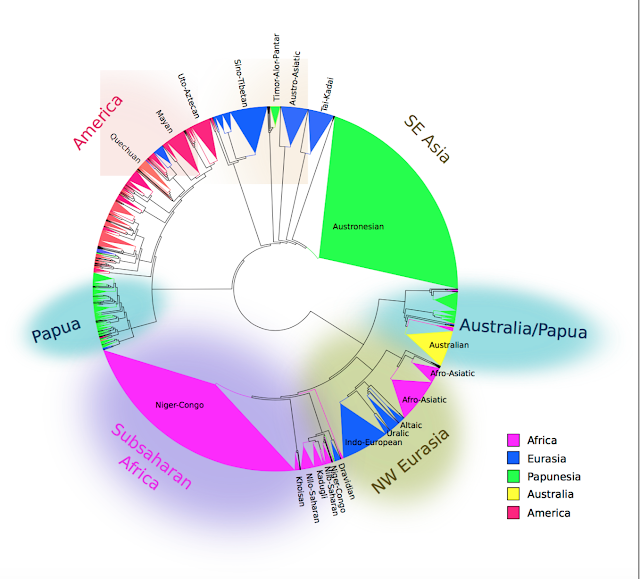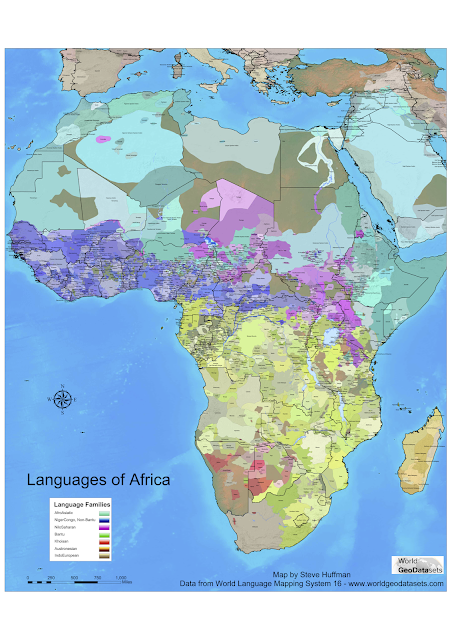Glossing, how I miss you!
I'm currently reading some older grammars that are written in a quite different style from most modern grammars. They're very ambitious, meticulous and good in many ways, but most crucial is the fact that they lack glossing. I miss glossing so!
Glossing is a way for linguists to divide up utterances and translate more fine-grained units so that other linguists can have a better understanding of what's going on. When reading a grammar and trying to understand how the language works, glossing is immensely useful and practical. You as a reader might be interested in different things from the author, and glossing makes their analysis more transparent and makes more information available to the reader. You can read more about it, and conventions for it, here.
Let's make ourselves happier by looking at some of my favourite glossing ever, the texts of the project on Typology of Negation in the Ob-Ugric and Samoyedic languages. I'm not even kidding, looking at these texts is a joy for the mind. Down below is an utterance in Northern Khanty (Sherkaly) from there. Look at it. It's got two levels of sound representation (one more phonetic and one phonological). It's got glossing and translation into both English and German (and sometimes Russian if I'm not mistaken). It also gives the word class/part of speech per unit, aaand as a plus, each example is clearly annotated for where it's from and given a unique ID. They're all up online, either in HTML or PDF, freely and openly. Go enjoy!
Would you look at that, isn't that pretty :)!
(Yes, there's lots of other well annotated corpora out there (hosted at ELAR, TLA, PARADISEC etc), but not that many that are easily available like this and with these many levels.. that I know of.)
P.S. NOS uses "3" for null.






Comments
Post a Comment